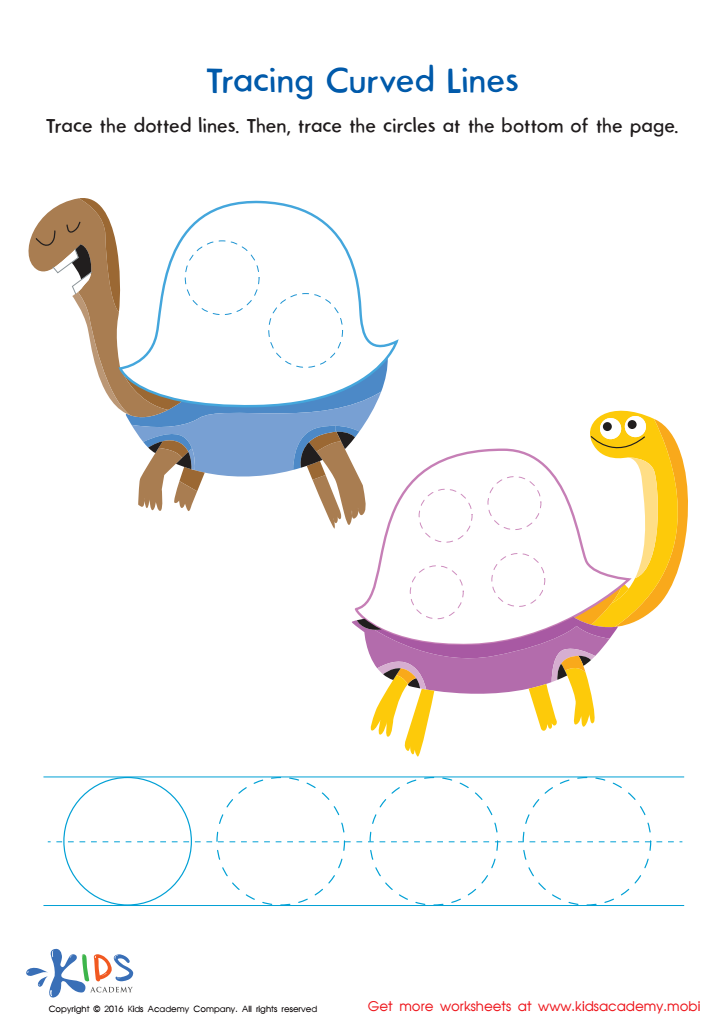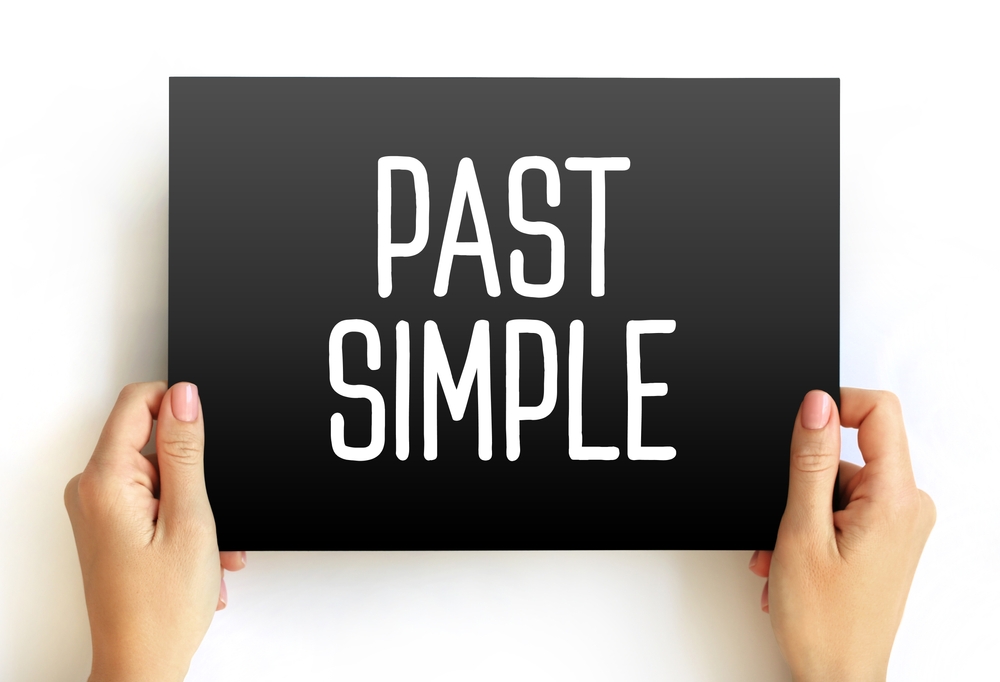Normal Tracing Lines and Curves worksheets activities for 5-Year-Olds
5 filtered results
-
From - To
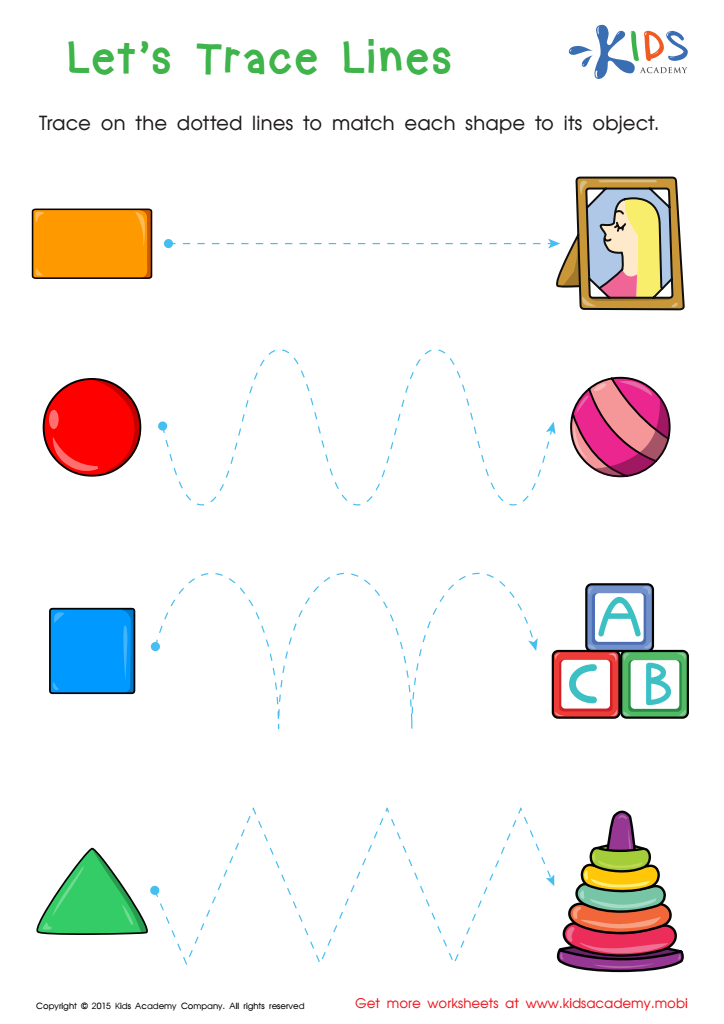

First Words: Let's Trace Lines Worksheet
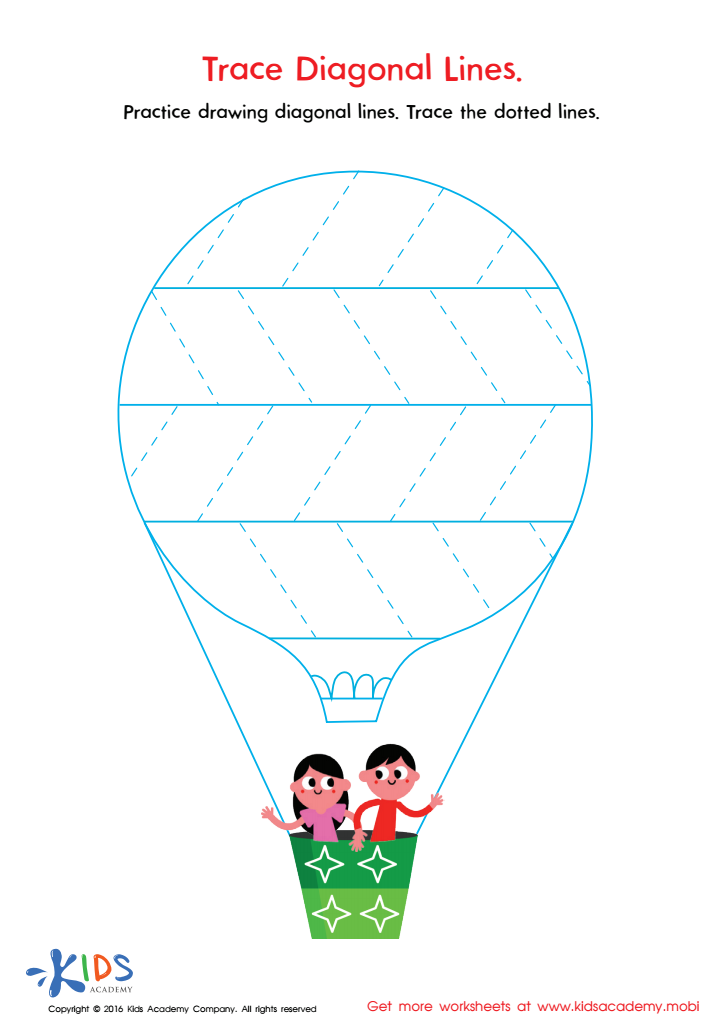

Trace Diagonal Lines Worksheet
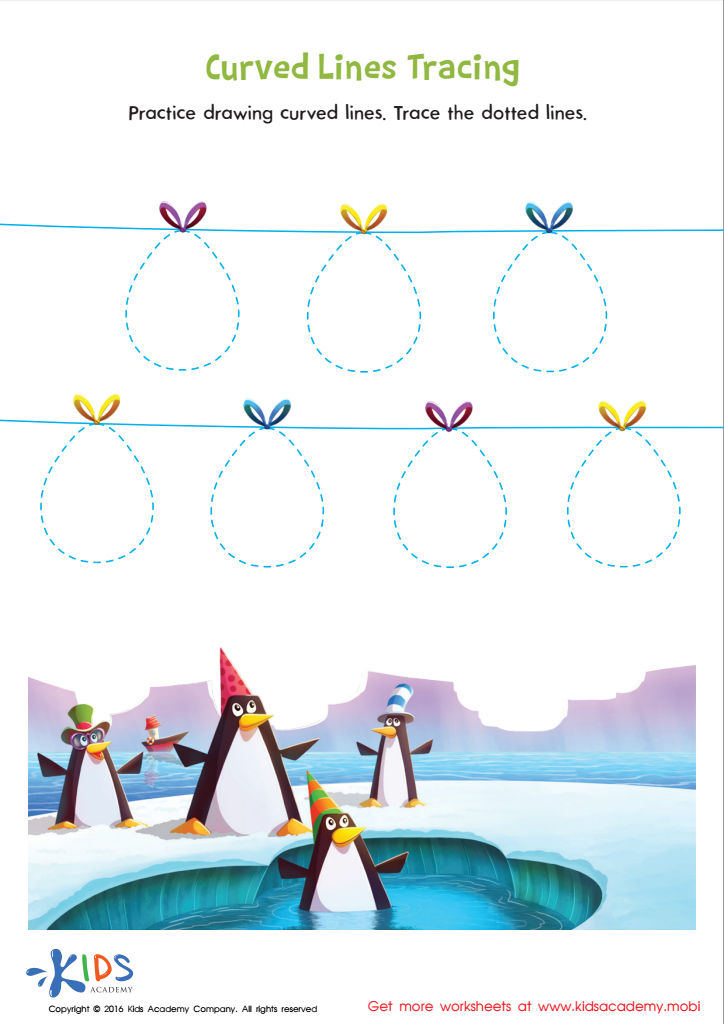

Curved Lines Tracing Worksheet
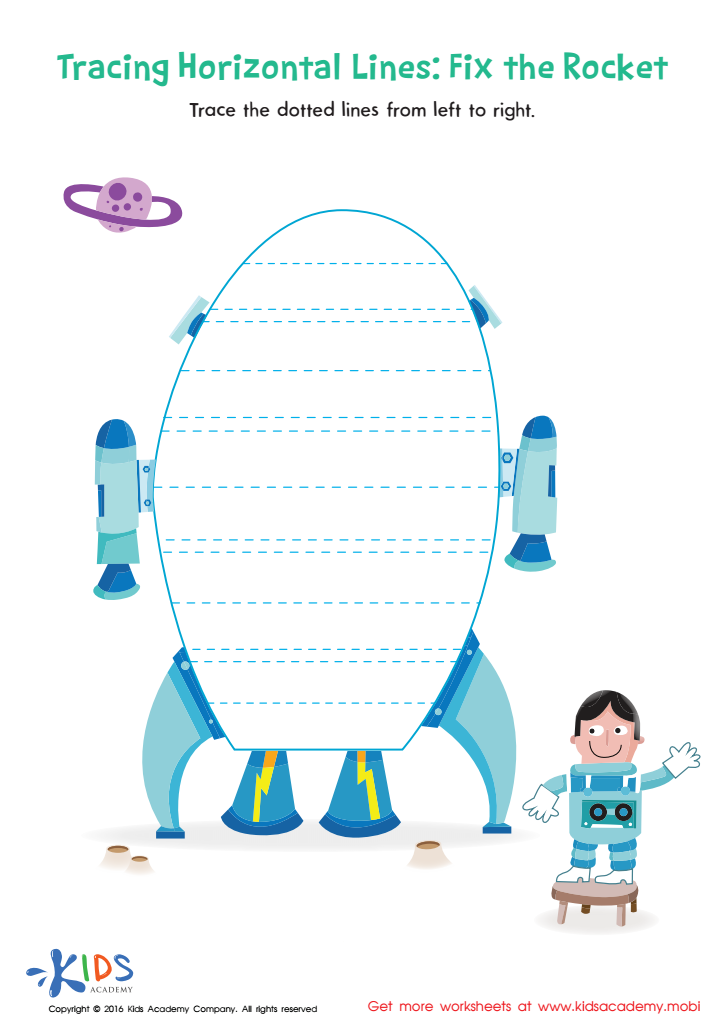

Tracing Horizontal Lines Worksheet
Normal Tracing Lines and Curves worksheets activities are foundational tools in the development of fine motor skills in young children. These activities, often underappreciated for their simplicity, play a crucial role in preparing children for more complex tasks ahead, such as writing, cutting, and other activities that require precise hand-eye coordination. Here are several reasons why these worksheets are invaluable in early childhood education.
Firstly, engaging in Normal Tracing Lines and Curves worksheets activities enhances hand-eye coordination. As children follow the path of lines and curves with their writing tool, they learn to guide their hand movements through their visual perception. This coordination is essential not only for academic tasks like writing and drawing but also for daily activities such as tying shoelaces or buttoning clothes.
Secondly, these activities aid in the development of fine motor skills. The act of holding a pencil or crayon and controlling its movement to stay within the lines or follow curves strengthens the small muscles in the child’s hands and fingers. Improved fine motor abilities are vital for writing legibly and efficiently, which is a significant part of their academic progress.
Moreover, Normal Tracing Lines and Curves worksheets activities introduce children to the concept of following directions. As they trace lines and curves, they learn to start and stop at specific points, change direction, and move at a controlled pace. This skill is fundamental in understanding and executing tasks in an orderly manner, which is beneficial in both academic and home settings.
Additionally, these worksheets provide an opportunity for creative expression. Once children become comfortable with tracing, they can start to explore creating their lines and shapes, paving the way for personal artistic endeavors and problem-solving skills.
In conclusion, Normal Tracing Lines and Curves worksheets activities are more than just simple tasks; they are building blocks for essential skills in young learners. Their role in the holistic development of children’s fine motor skills, hand-eye coordination, ability to follow directions, and creativity cannot be overstated, making them an indispensable component of early childhood education.
 Assign to My Students
Assign to My Students

